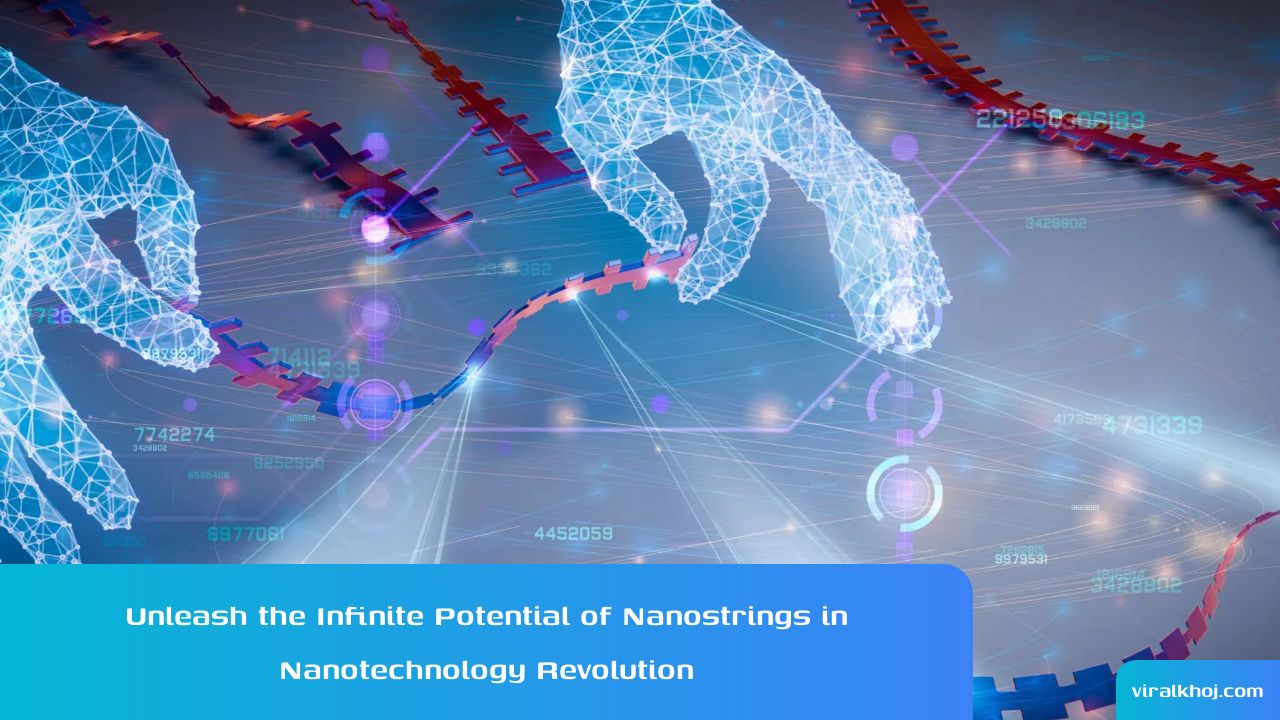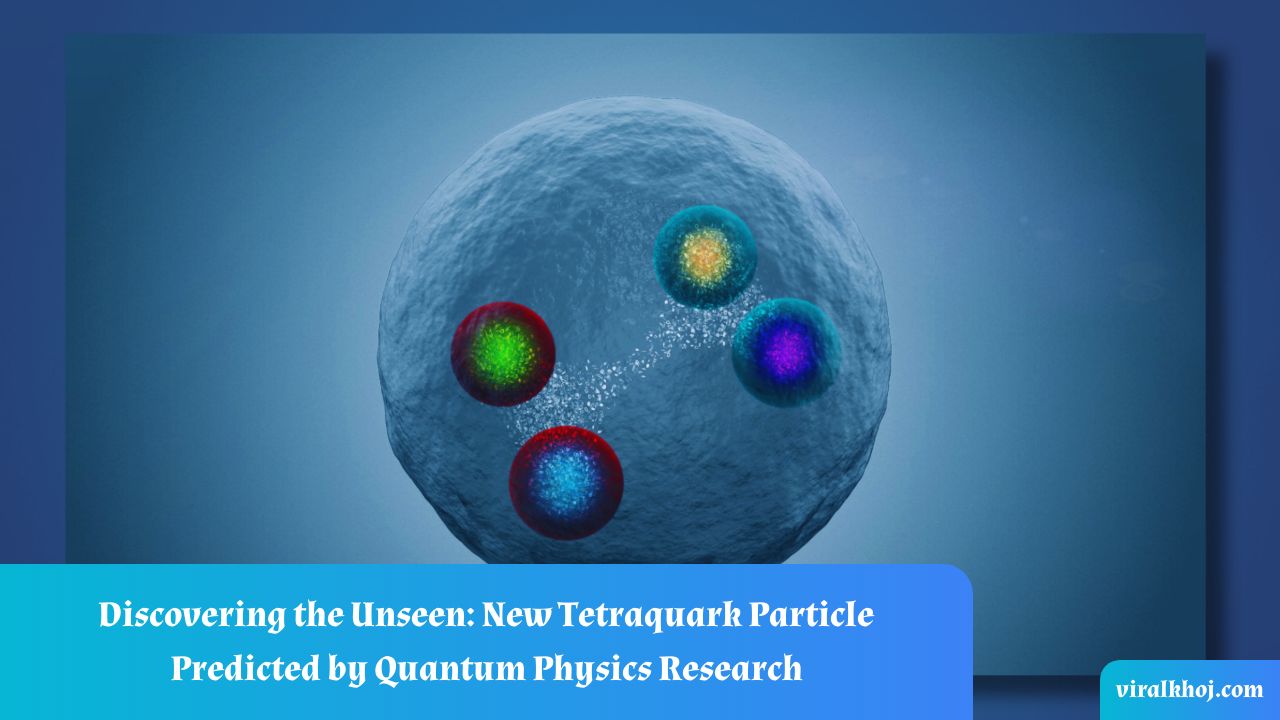Revolutionizing Nanotechnology: Nanostrings with Almost Infinite Vibrational Capacity

Revolutionizing Nanotechnology: Nanostrings with Almost Infinite Vibrational Capacity
Imagine a swing that continues to swing for almost a century without losing any energy. This seemingly impossible feat has now been achieved at the nanoscale by researchers at Delft University of Technology and Brown University. Their groundbreaking work has led to the creation of super-vibrational nanostrings that can vibrate at incredibly high frequencies without losing momentum.
The researchers accomplished this remarkable feat by stretching out a strand of silicon nitride to a length of 3 cm while maintaining a thickness of just 70 nanometers. To put this into perspective, it's like creating ceramic structures with a thickness of one millimeter suspended over nearly half a kilometer. This unique manufacturing process pushes the boundaries of what is currently possible in nanotechnology.
These nanostrings open up new possibilities for miniature devices used in measuring physical quantities such as pressure, temperature, acceleration, and magnetic fields, which are known as MEMS sensing devices. Their extreme structures, only feasible at the nanoscale, allow for precise measurements that would be unattainable at larger scales. This breakthrough has the potential to revolutionize the field of quantum physics and enable the study of macroscopic quantum phenomena at room temperature.
One of the key factors contributing to the nanostrings' exceptional vibrational capacity is their structure and composition, which prevent energy from leaking out and environmental noise from interfering. This attribute makes them ideal for observing quantum signatures at a macroscopic level, providing insights into the weird laws of quantum mechanics that are usually only observed in single atoms.
The applications of these nanostrings are vast and varied. They could lead to the development of next-generation microphones and other nanoscale acoustic devices, as well as advanced accelerometers for navigation. High-aspect-ratio mechanical resonators, like the nanostrings, are commonly used in precision-sensing equipment such as macroscopic wave detectors.
Furthermore, nanostrings with similar qualities could have significant implications in the search for dark matter, the study of entropy and time, and the understanding of the Casimir effect, a quantum phenomenon. Their ability to isolate themselves from everyday vibrational noise opens up new possibilities for quantum-based sensing and measurement.
The discovery of these nanostrings has the potential to reshape the field of nanotechnology and accelerate advancements in various scientific disciplines. The researchers' innovative approach to manufacturing at the nanoscale has paved the way for new possibilities and improved understanding of quantum phenomena.
For further reading on this groundbreaking research, you can refer to the original paper published in Nature Communications.
References:


Revolutionizing Space Hygiene: Astronauts' Urine to Drinkable Water in Minutes
14 Jul 2024
The Historic Flights of Animal Astronauts: Pioneers in Space Exploration
08 Jul 2024
Chinese Lunar Probe Successfully Takes Off from Far Side of the Moon with Samples to be Returned to Earth
06 Jun 2024
Isro's Impact: From Discovering Water on the Moon to Fostering India's Space Tech Startups
27 May 2024
Spreading Quantum Entanglement Through City Networks: The Future of Quantum Internet
25 May 2024